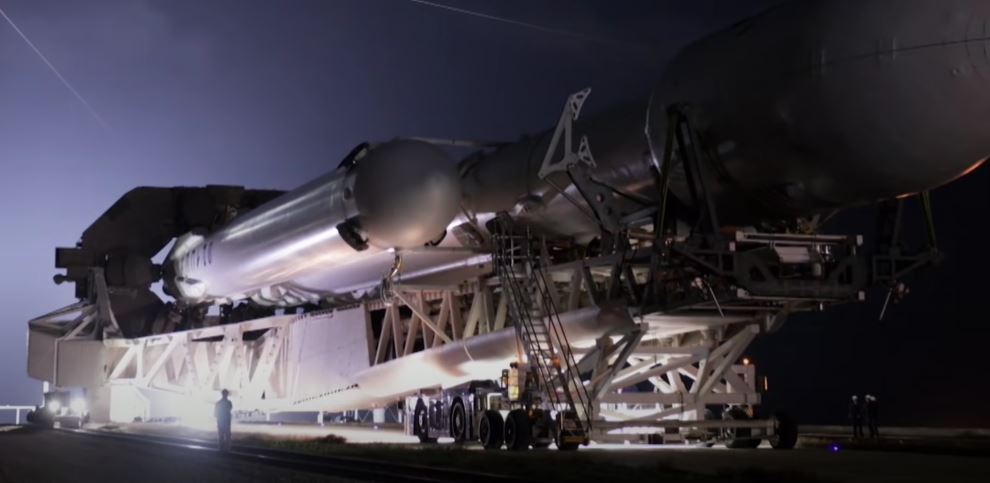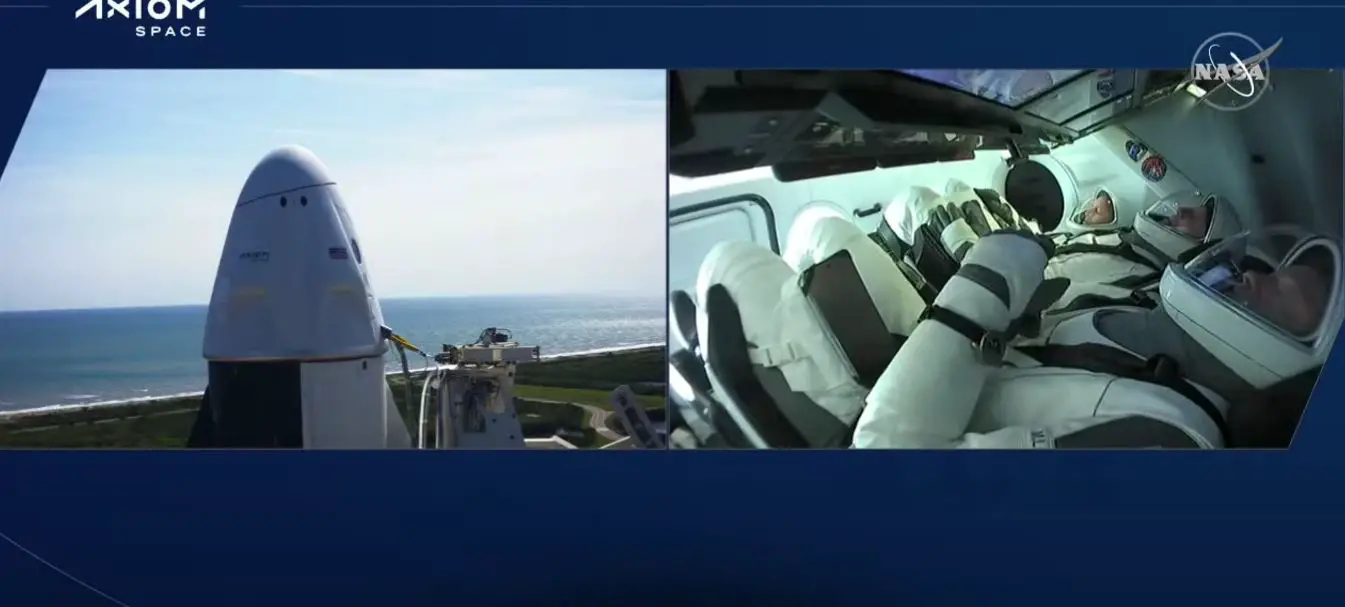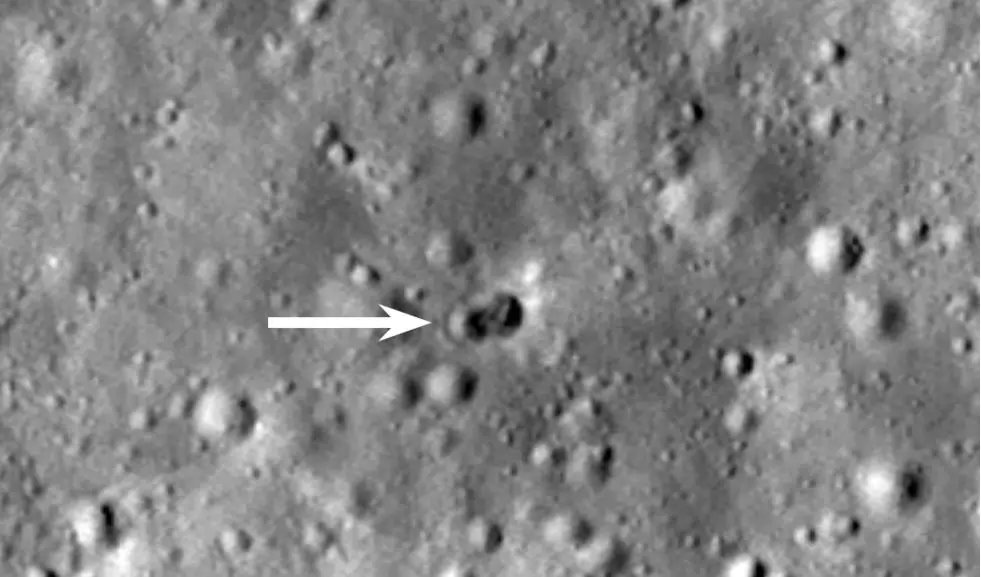When we talk about SpaceX’s most powerful rocket, most of people think of Starship. However, SpaceX’s strongest space vehicle at present is actually the Falcon Heavy rocket. Although it has only flown 3 times, and the last flight stayed in 2019.
After three years, the Falcon Heavy rocket is about to return to the headlines, sending a pair of secret U.S. Space Force payloads into orbit.
Starship is a launch vehicle that entrusts SpaceX CEO Musk’s Mars dream, and is expected to replace Falcon 9, Falcon Heavy, and Tianlong spacecraft to perform Earth orbit missions.
After refueling in Earth orbit, it can also complete the mission of Earth-Moon transfer and direct trip to Mars.
However, the starship is still in the prototype testing stage, and the first orbital-level test flight has not yet been finalized. In other words, SpaceX’s most powerful launch vehicle is actually the popular Falcon Heavy rocket.
The Falcon Heavy Rocket
The Falcon Heavy is composed of a reinforced Falcon 9 central core stage and two Falcon 9 first sections, so the thrust is 3 times that of a single Falcon 9 rocket,
Although not as good as NASA’s Space Launch System (SLS), the Falcon Heavy was the most powerful launch vehicle in the world before the SLS rocket officially took off.

At 3:45 pm EST on February 6, 2018, the Falcon Heavy rocket successfully flew for the first time, carrying a payload of Elon Musk’s Tesla Roadster.
The original goal was to enter the orbit of Mars, but due to the unexpectedly strong thrust of the rocket, the sports car did not advance to the orbit of Mars.
Instead, it enters an orbit around the sun, and only occasionally gets close to Mars (next time will pass by Mars again in 2035).
The second Falcon Heavy rocket lifted off on April 11, 2019 from the Kennedy Space Center Pad 39A, carrying the Arabsat 6A communications satellite;
A third Falcon Heavy rocket launched on June 25, 2019, also from Pad 39A at Kennedy Space Center, carrying Taiwan’s Fuwei-7 satellite and several other payloads.
Then, a series of payload delays resulted in the Falcon Heavy never taking off, and the final flight record was stuck in 2019.
The next big Payload: U.S. national security mission
After a three-year wait, the Falcon Heavy will take off again from Kennedy Space Center on October 28 on a long-delayed U.S. national security mission codenamed USSF-44.
One of the microsatellites, named TETRA 1, is expected to be sent to geosynchronous orbit as high as 35,405 kilometers above the surface, but the U.S. military has not disclosed further details.
Tom Ochinero, vice president of commercial sales at SpaceX, said last month;
The company plans to fly six Falcon Heavy missions over the next 12 months, with a new generation of Viasat broadband satellites or the US Space Force’s USSF-67 mission likely to be the next payload.
The USSF-52 mission is also scheduled for a Falcon Heavy rocket flight, which is scheduled to launch in the second quarter of 2023 (April 1 to June 30).





